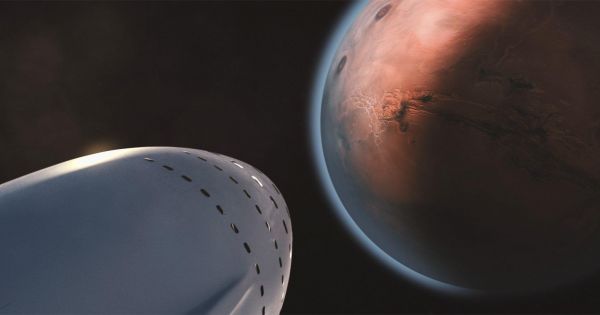Is a CG short about space exploration and the quest of finding traces of extraterrestrial forms of life. Flying over spectacular desert planet. seeing strangely familiar ancient civilizations remains and experiencing a first contact with the existence of unknown living things.
Big thanks to Robot Koch and Savannah Jo Lack for composing and recording this beautiful soundtrack.
The digital terrain models and pictures of Mars are coming from the High Resolution Imaging Science Experiment (HiRISE) with credits to the NASA Jet Propulsion Laboratory and the University of Arizona.









